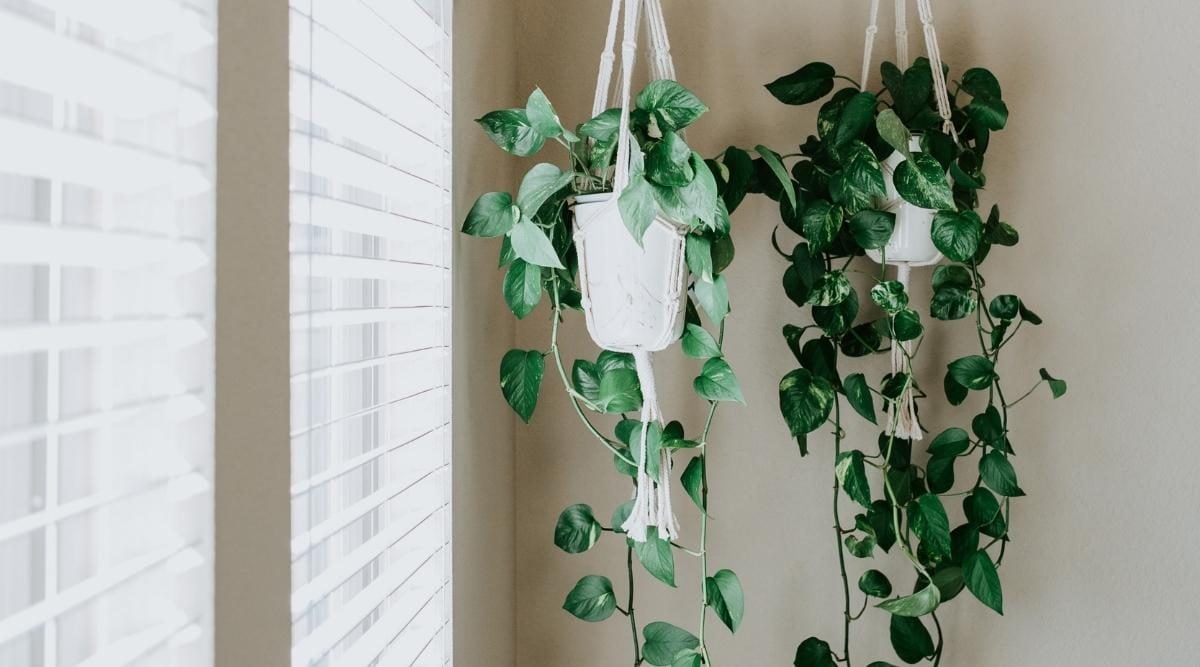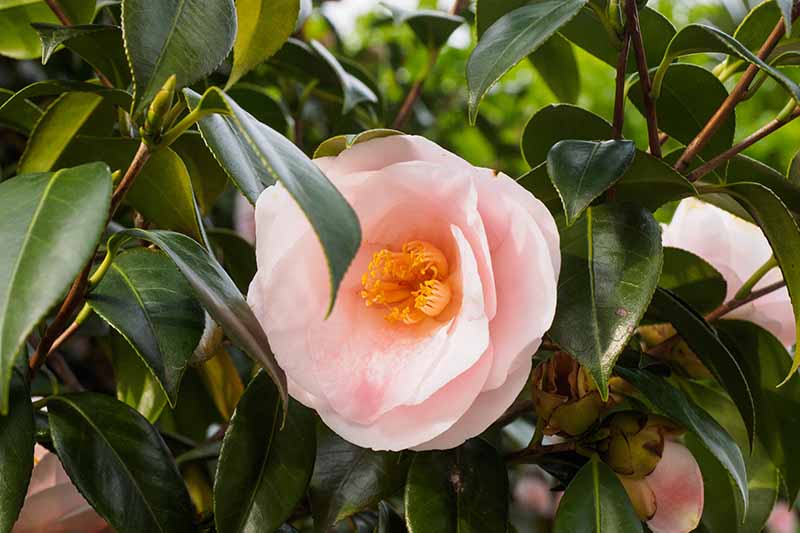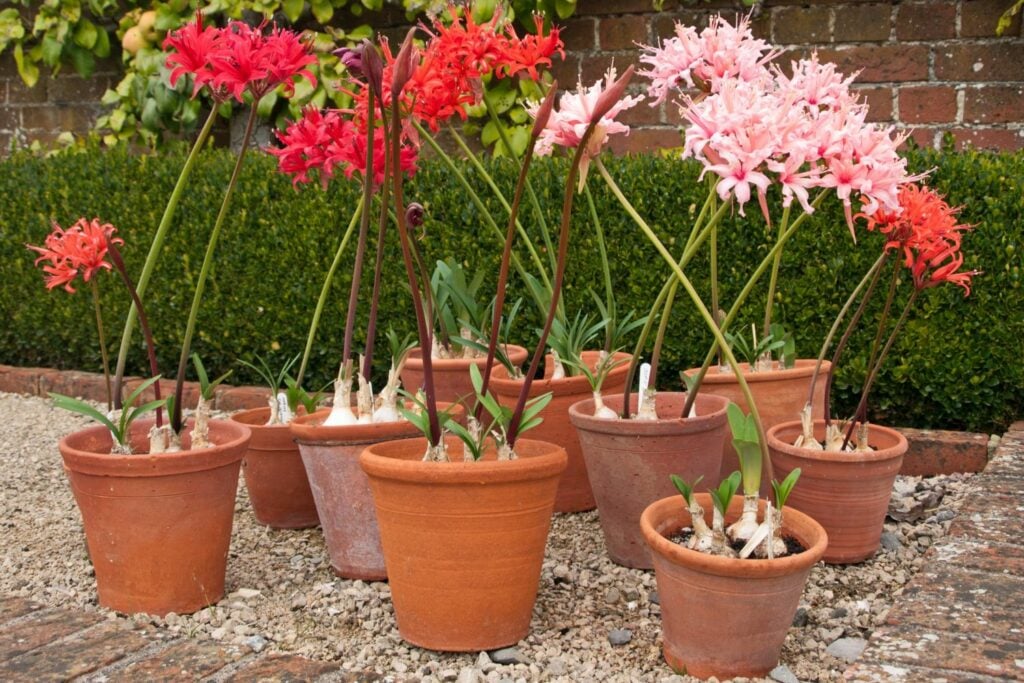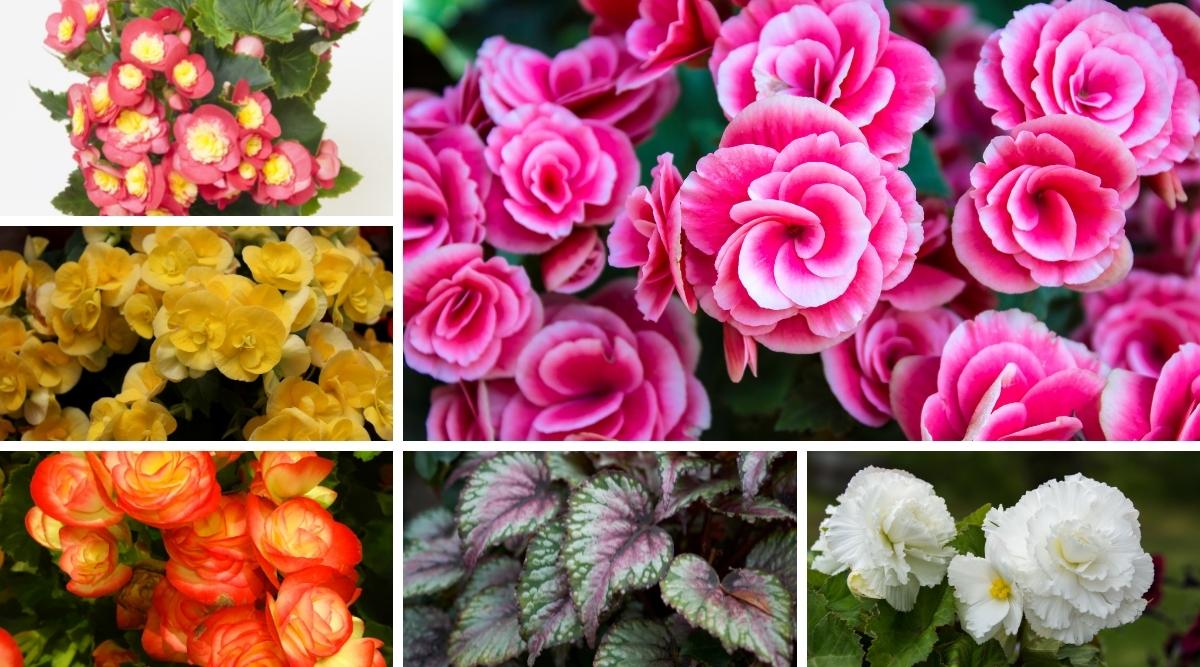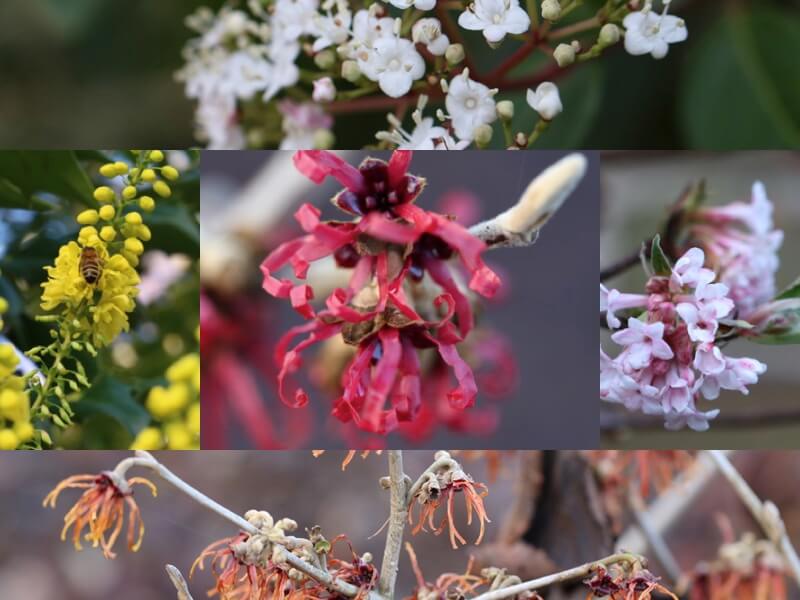Guide to Growing Passiflora ‘Passion Flowers’: Overcoming Common Problems
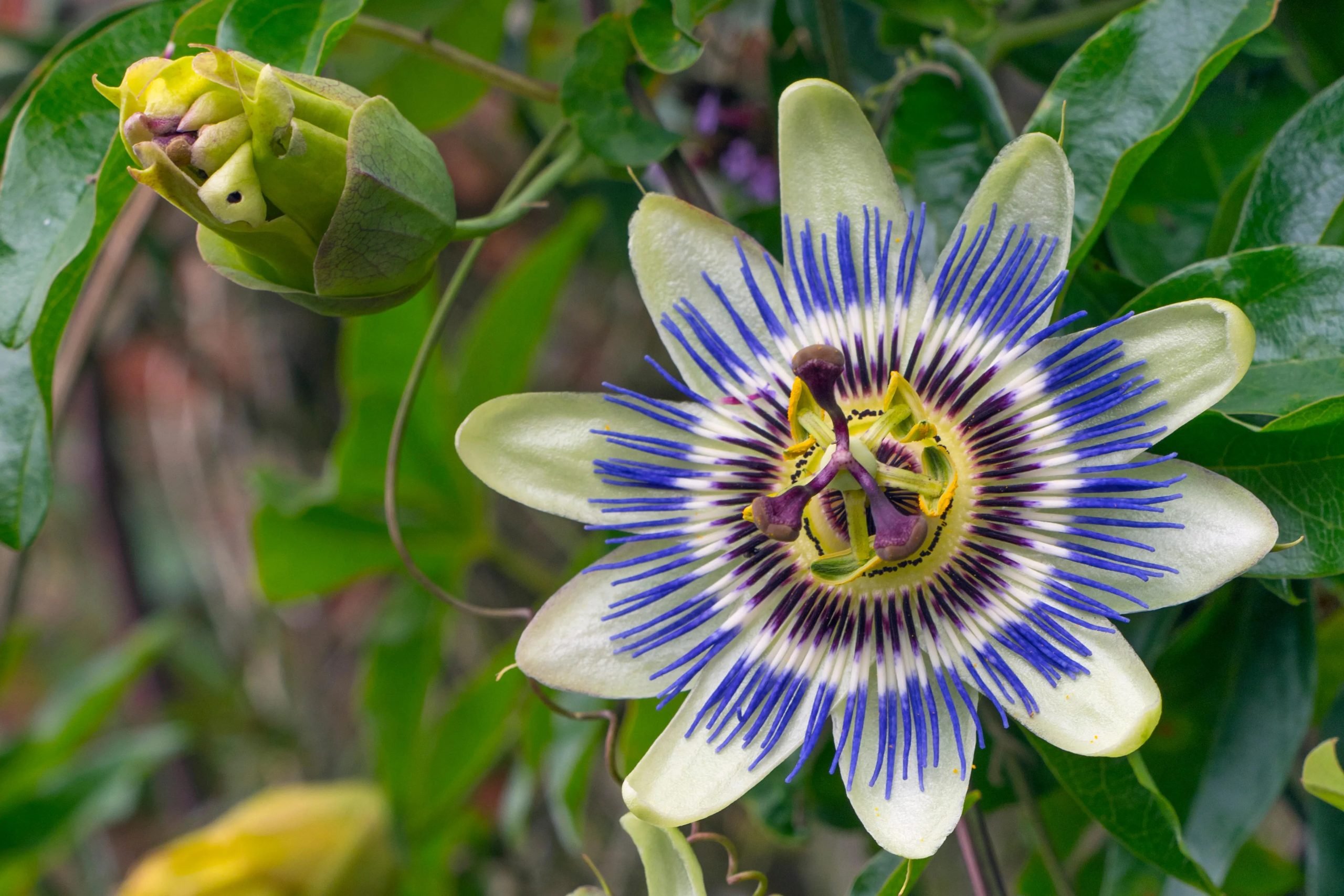
Table of Contents
The passion flower, or Passiflora, is one of the most exotic of all ornamental flowering plants. With their stunning blooms in varied hues, these are hardy evergreen plants which are seeing a resurgence in popularity owing to their stunning blooms and also their fruiting abilities.
At first glance, this flower could be easily mistaken for an exotic plant from the tropics, but it is actually native to North America and South America, with over 500 species in the family. The blooms range in different shades of purple, pink, red, yellow, blue or white. Passiflora Edulis is a plant which produces edible fruits which are widely cultivated for its fruit juice.
At a Glance
Common Name: Passionflower
Botanical Name: Passiflora
Type: Perennial, evergreen, climber
Height: up to 30 ft tall
Native: North America and South America
Hardiness: 7-10 USDA
When to sow: April, May, September, October
When to Prune: March
Sunlight: Full Sun/ Partial Sun
Soil: Moist, well-drained
How to Grow Passiflora’ Passion Flower’
Passionflower plant though delicate looking, is a fairly easy plant to grow and propagate. These are hardy plants and generally non-fussy. If given the right conditions, these plants tend to thrive easily. Where these plants are hardy, they can be easily trained to climb a trellis or a wall to create an ideal climber. In colder conditions, these can also be grown in a pot and moved indoors to tide over the colder season.
Passiflora was introduced in Europe in the 18th century, but due to its inability to thrive outdoors, they were soon abandoned. It is seeing renewed interest now, as there is a growing demand for exotic flowering plants.
Planting Conditions
Passionflowers can be divided into two categories- hardy and tender plants. The hardy plants tend to thrive even when grown outdoors in colder climates like in the UK. It is best to plant them in Spring when the cold season has passed and plant them to create sunny borders. They can also be trained as climbers when well-established.
Tender passion flower varieties need to be grown indoors in controlled conditions like a greenhouse or conservatory to thrive.
1. Soil
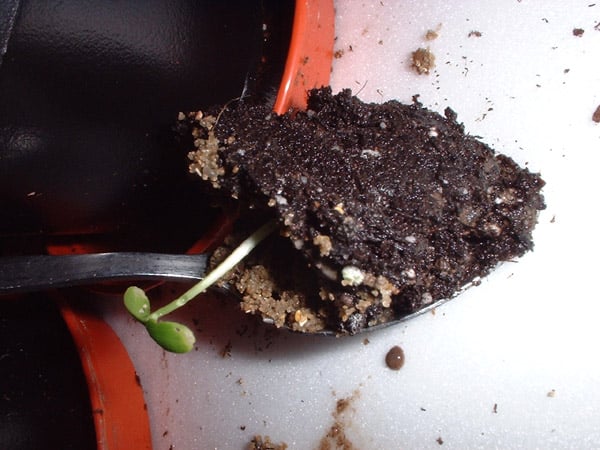
Passionflower plants need gentle moist, but well-drained soil. Soil rich in nutrients and enriched with compost will make for ideal growing conditions. It is best to mulch the soil around the base to prevent damage during winter.
The plant is best planted in Spring and can be easily trained to climb walls. Since they have self-clinging tendrils, they don’t need to be tied down and can easily climb any surface when well-established.
2. Watering
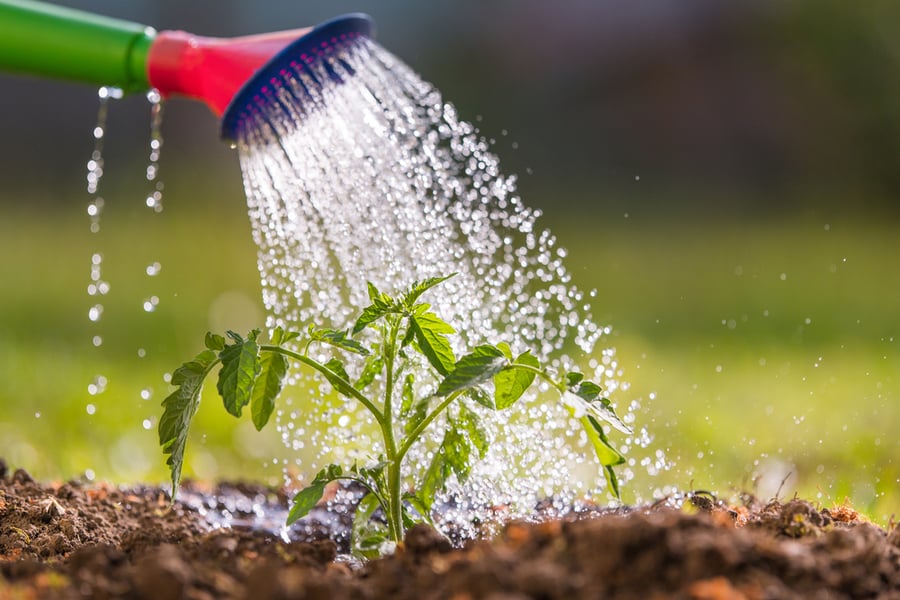
It is essential to keep the soil moist and well-watered during the summer and planting season. The soil needs to be moist but not waterlogged for it to thrive well. It is best to water it once or twice a week for the best growing results.
3. Light
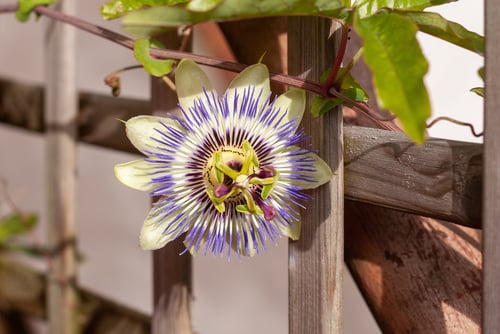
Passionflower plants need full sun or partial sun conditions to keep the vines healthy and blooming. It is best to choose a location that receives plenty of natural light, such as a fence or trellis. It is best to avoid overcrowding. When grown in pots, it is essential to bring them indoors during the cold season and expose them to plenty of bright, indirect light.
4. Temperature
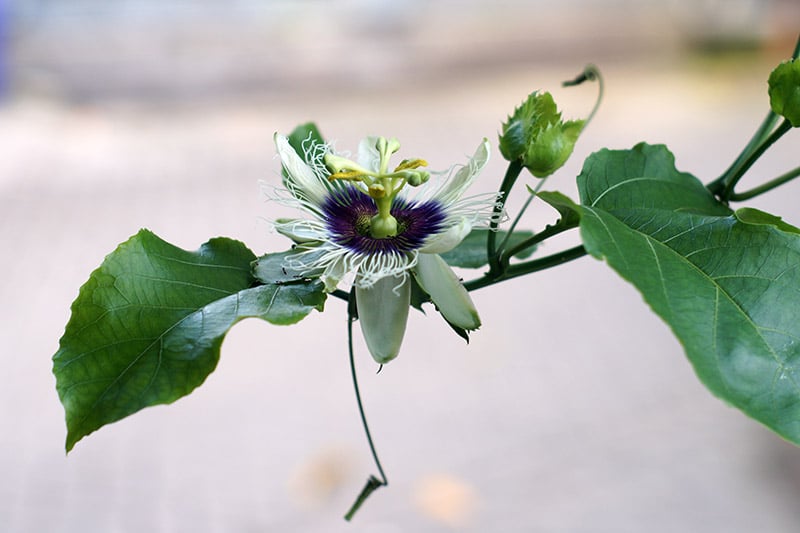
Passionflower plants grow better in regions which have extended sunlight. It is a hardy plant and can survive winters, too, provided it is safeguarded by bringing it indoors or planting in an area which is protected from cold winds. It does best in areas with humidity ranging from 65-85%.
Propagating Passionflower
Passionflowers can be propagated either by growing them from seed or by softwood stem cuttings. Let us learn how to grow them effectively by using either of these methods.
1. How To Grow Passionflower from Seed
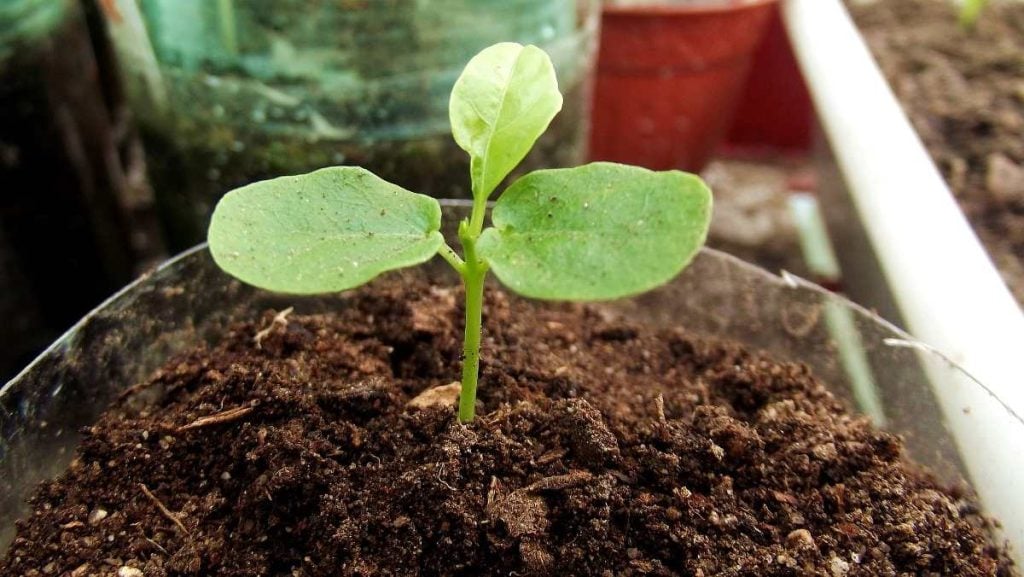
Most passionflower plants can be bought as seedling plants, but with some patience and preparation, they can be easily propagated from seeds too.
- Once the fruits are ripe completely, the seeds from the fruits can be removed, cleaned and dried.
- Once you are ready to plant, soak them in water for a few days. The ones that end up floating need to be discarded.
- Place the soaked seeds in the soil and make sure to lightly cover them only because they need ample sunlight to germinate.
- It can take up to 20 days for the seeds to sprout. Meanwhile, keep the soil moist and expose the seedling to plenty of sunlight to help them grow.
- If planting it directly in your garden bed, be sure to do it in Spring when the last of the cold is gone so that the plant has a long enough growing season to establish itself.
2. How to Propagate with Softwood Cuttings
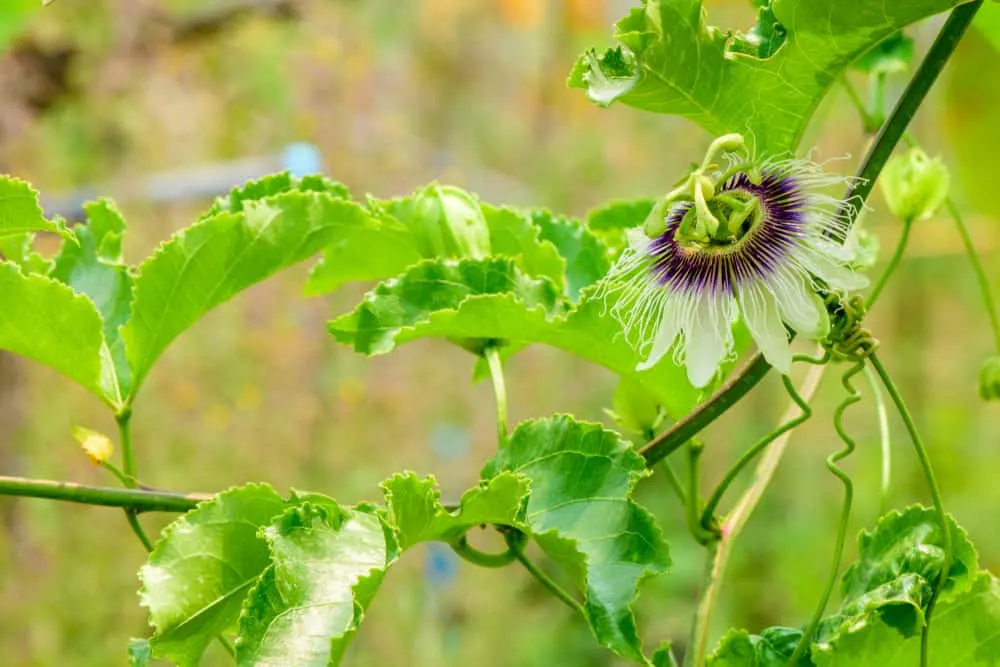
- Cut a long enough part of the stem right below the node.
- Plant it in a pot with a good potting mix and keep the soil moist at all times.
- It is best to keep it covered and make sure that the leaves do not touch the cover.
- Keep it warm and moist, and check in a few weeks if the roots have been established. If established, you can then repot them or move to the outdoors to plant.
3. How to Propagate with Tip Layering

Passionflower plants can be easily propagated via tip layering. Find a part of the vine from where you would like to propagate it further. Gently push the vine into the soil and cover it back up with the soil to make it flat. If the vine keeps popping out, it is best to keep it in place by keeping weight on it. Keep the soil moist and ensure that it gets enough sunlight. Check a few weeks if the roots have been established by gently tugging on the vine.
This rooted vine can now be left as is or relocated or repotted as needed.
Pruning
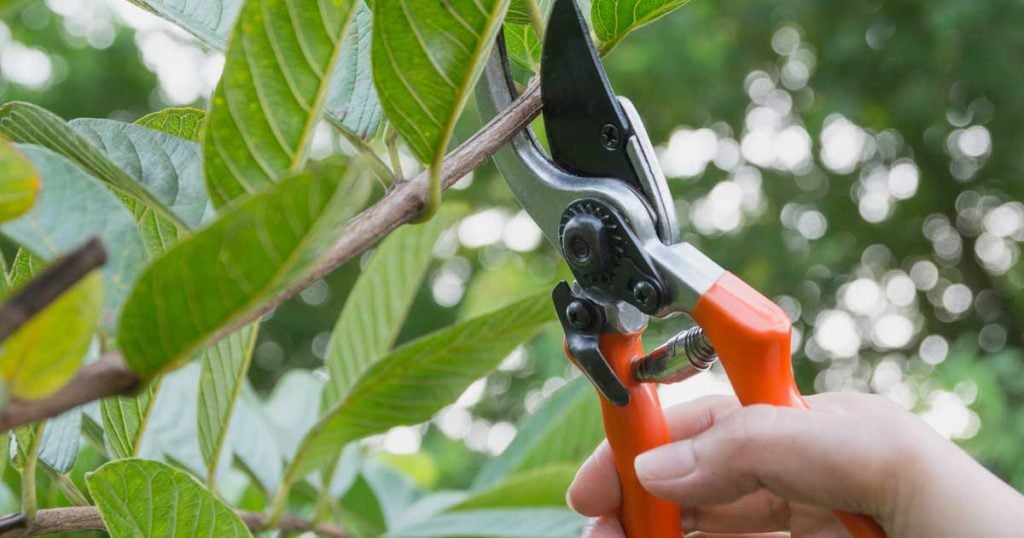
Passionflower plants are extremely non-fussy and low on maintenance. They need to be pruned at the beginning of summer to ensure newer blooms and remove deadwood. Otherwise, they need very little in terms of upkeep.
Once it reaches maturity, it is best to prune it every Spring to ensure new blooms.
Passionflower Problems
Though the passion flower is a hardy plant, it is susceptible to insects and bugs and also yellowing leaves. Some of the common passion flower problems are below:
Aphids
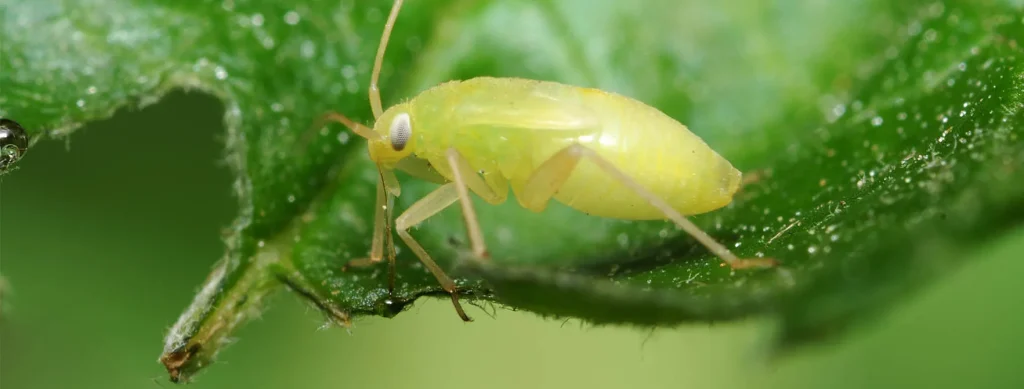
These soft-bodied insects, which feed on plant sap, can be dangerous for passionflower vines. Keep on the lookout for ants since these two have a symbiotic relationship. The best way to get rid of them is via introducing ladyboys who are praying mantis, or even a blast of water via the garden hose can knock them off. But be careful not to damage the blooms. The easiest way to get rid of them is by squishing them individually.
Gulf Fritillary
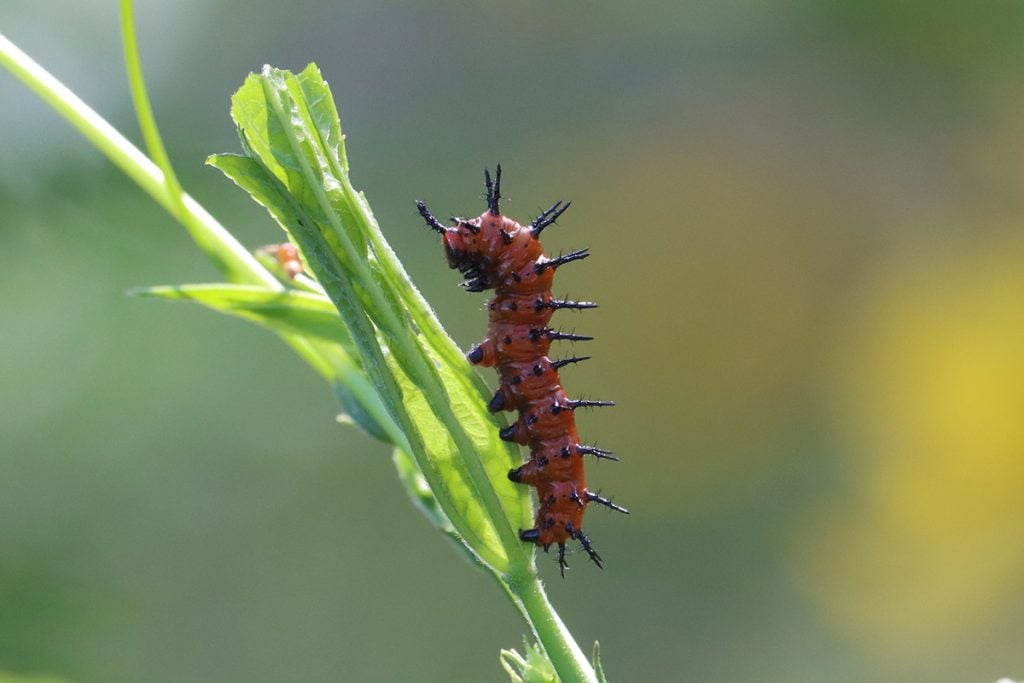
This is a species of passion butterfly whose caterpillars feed extensively on the leaves and blooms. Though they might not damage the plant, if they feed extensively, it is best to relocate them.
Mosaic Virus

This virus causes mottling of leaves and curled, distorted leaves. It is commonly spread by aphids. Since the virus infects rapidly, it is best to remove the infected parts immediately to prevent the spread.
Potyvirus
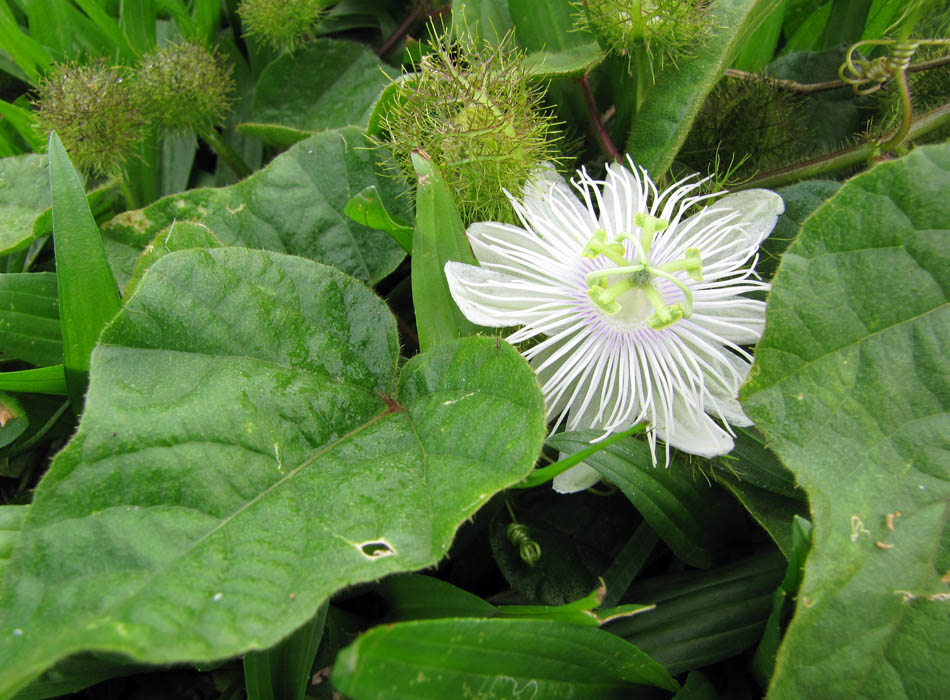
Also called passion fruit woodiness virus (PWV), this disease is also spread by aphid infestation. It forms a mosaic of leaves with transparency and veining. It can be treated by spraying sodium hypochlorite.
Growing Passionflowers
One of the most beautiful and exotic-looking plants, the blooms and fruits are highly coveted both for their beauty and their culinary uses. Being a hardy, climbing vine, this plant can thrive even in extremes temperature, provided there is enough protection. These rapidly growing vines sometimes grow extra vigorously and produce the most intricate and stunningly perfumed flowers.
Some riverside hybrid varieties like damsels delight, which bears blue and white flowers and Snow Queen, which takes pure white flowers, are highly coveted and best suited for flowering in UK weather conditions. The flowers look like a work of art, and these pollinator-friendly blooms are sure to add to the beauty of your garden. What’s more, they even bear fruits.
So which one of these stunning flower varieties are you adding to your garden this season? Share your questions and concerns with us.
Frequently Asked Questions
Are Passion Flowers Difficult to Grow?
Passion flowers are hardy plants which are relatively easy to grow and propagate. They are not fussy about soil and can thrive well in even colder conditions, though they prefer the sun for blooming.
What Are the Common Passion Flower Problems?
Leaf spots, root rot, fungal infections, and yellowing of leaves are some of the common problems. It is also vulnerable to a range of pests like mealybugs. It is also susceptible to problems from caterpillars which feed on their leaves extensively.
Other culprits when it comes to feeding on the leaves and blooms are snails, beetles and slugs.
What Are the Common Varieties of Passion Flowers to Grow?
The most popular species is the Passionflower Incarnata or the purple passionflower. Some other varieties are P. flavicarpa, P. caerulea, P. morena, P. coccinea etc.
When Should Passion Flowers Be Planted?
It is best to plant passion flowers in late Spring before the onset of Summer to give them a full season to thrive and establish.
Can Passionflower Grow Indoors?
It can be grown indoors, provided it is grown in well-drained soil with ample exposure to sunlight. It might not bear fruits as an indoor plant.

